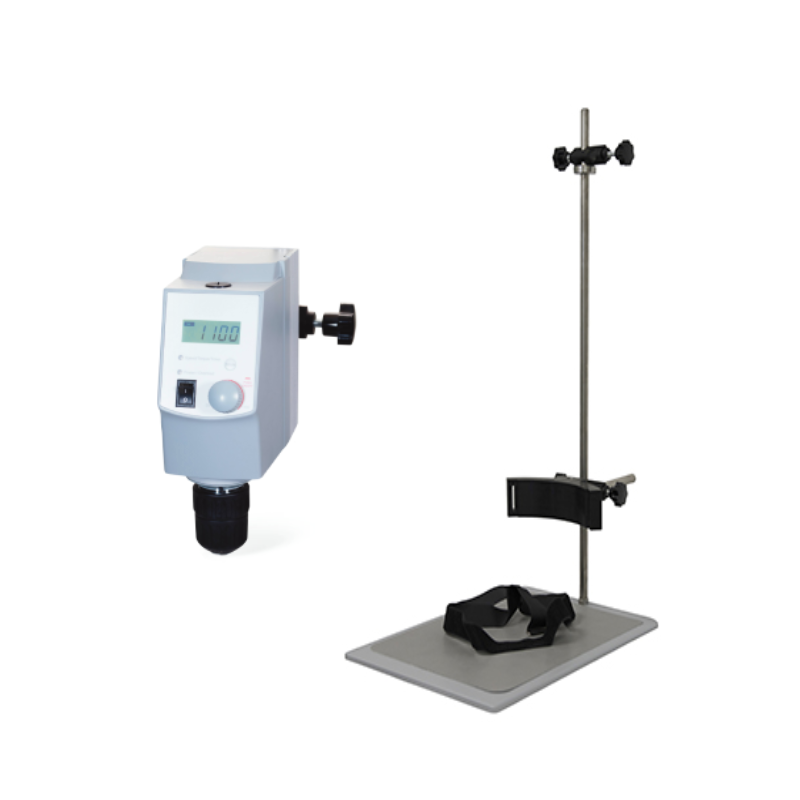Differences between Stirrers in Laboratories
October 25,2022
There are a variety of stirrers available for laboratory use, each with its characteristics, which makes them more suitable for certain applications than other mixers. The following outlines the types of agitators available and more suitable ones:
Magnetic stirrer
The magnetic stirrer uses a rotating magnetic field to rotate the (flea) stirring rod immersed in the liquid and thus stir. Most electromagnetic agitators are suitable for small amounts of low viscosity. However, some models have been developed to deal with large volumes and high viscosities. The plate of the magnetic stirrer is usually made of ceramic or stainless steel.
Ceramics: The ceramic top electric furnace plate has excellent chemical resistance. Therefore, if you use corrosive chemicals that may splash on the surface of the plate, it is an ideal choice. The white surface also means that they are very suitable for titration or other work requiring clear visible colors.
Stainless steel: The stainless steel top plate will not generate eddy current (such as aluminum), so it can ensure very effective coupling and stirring.
Overhead stirrer

The overhead stirrer is generally more robust than the electromagnetic stirrer and consists of an agitator, rod, paddle, and bracket, which are more often used for large-volume and viscous solutions. A variety of paddle types can be used in different applications because they produce different mixing motions:
Paddle: Low to medium speed, mix slowly to minimize turbulence. Tangential flow.
Centrifugal: Medium to high speed, used for round containers with narrow necks. Create an axial flow.
Turbine: medium to high speed, used to stretch the material to be mixed from above. Minimum shear force. Reduce the risk of injury to the operator when the mixing element contacts the container. Create an axial flow.
Dissolver: medium speed to high speed. Use to draw the material to blend from the top and bottom. High turbulence, high shear, particle reduction, radial flow.
Propeller: medium speed to high speed. Efficient flow design with minimum shear force. Material is drawn from top to bottom and flows axially.
Anchor: drive at low speed. Ideal for high viscosity liquids; Tangential flow.
Special stirrer
Submersible stirrer - sealed agitator, suitable for immersion in water or oil, can be used in a wide temperature range. Suitable for the water bath, oven, or thermostat.
Biological stirrer - specially designed for stirring biological samples (such as cell cultures). It provides gentle, heatless mixing, and is dust-proof and germ-proof.
For more information about stirrers, plz feel free to contact us.